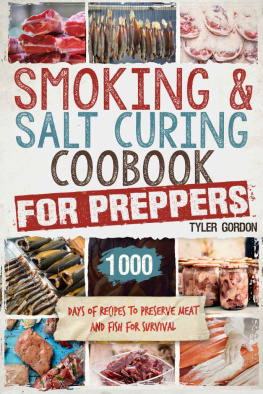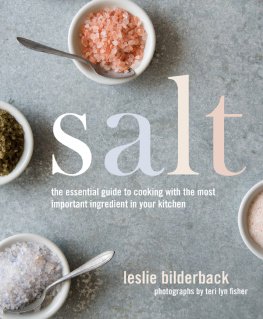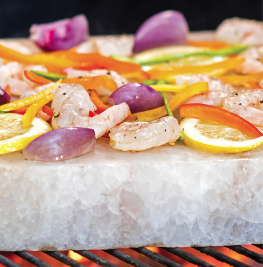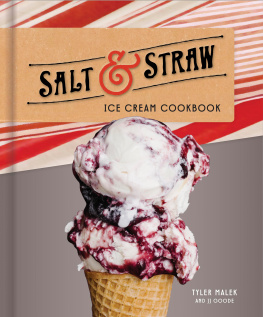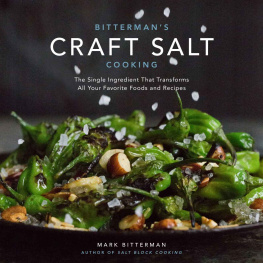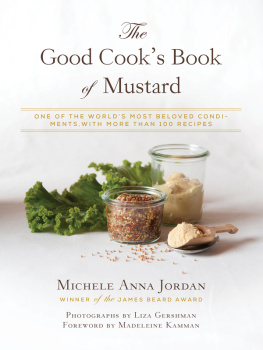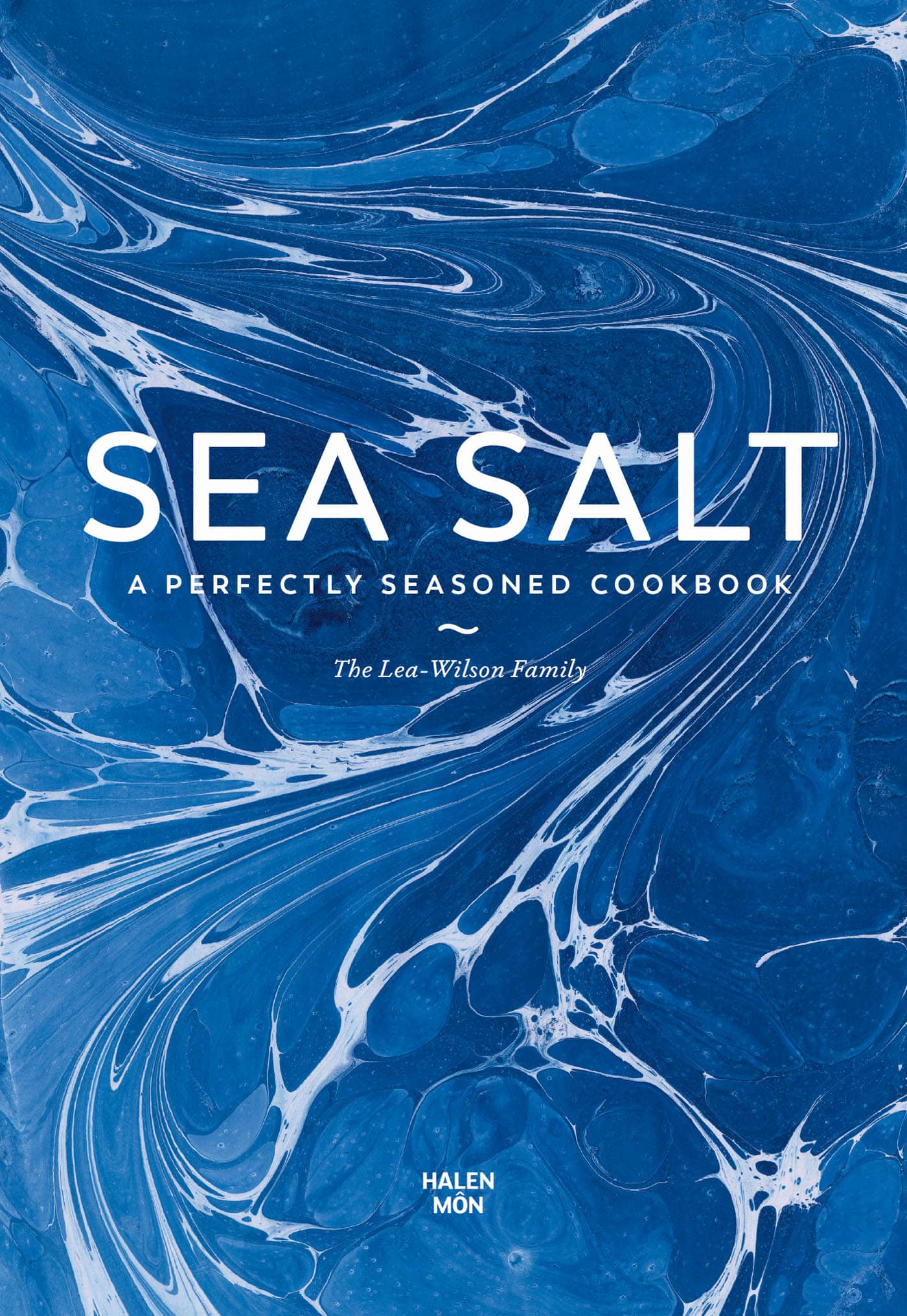An unparalleled ingredient
Salt is the single most important ingredient in the kitchen, and being able to season properly is what separates a good cook from an excellent one. A crisp and tender chicken Caesar salad bound together by a balanced, umami dressing; a bright and fresh margarita, each sip leaving salt on your lips; delicate fritto misto, coated in seasoned batter and finished with flakes of sea salt are all impossible to imagine left unsalted. Simply put, a salted tomato tastes more of tomato. Deeper, richer, more mouth-watering, and when it comes to cooking, salt is utterly transformative to texture, flavour, even, as the author and presenter of Salt, Fat, Acid, Heat, Samin Nosrat points out, to aroma. Take an unctuous French onion soup, for example. Salt added at the beginning draws the water out of the onions when they first start cooking, concentrating their flavour, then salt added to the broth balances and brightens it, and finally, seasoning the croutons properly finishes the bowl with a savoury note. It even smells better.
Of course, there is the bounty of foods that are preserved with the help from salt from mackerel and gravadlax, to capers nestled among salt crystals and olives swimming in brine. Sweet dishes too, sing when salt is added, rescuing them from being that bit too much. Picture the richest chocolate dessert, topped by glossy ganache and finished with the merest hint of a few flakes.
We can think of few ingredients that change dishes in the same way as salt does. What would life be without a smooth caramel punctuated by salt crystals, a perfectly cured bacon rasher, or a warm handful of glistening, salted potato crisps? This is why we have collated some of our favourite recipes to show how proper seasoning can elevate everyday classics, as well add to some more unexpected dishes. Give this book to people who say they dont use, or (heaven forbid) say they dont like, salt; whether raw or cooked, properly seasoned food is a revelation.
Different types of salt
Not all salts are made equal. Despite having the advantage of being cheap and rarely clumping together, table salt is often laden with anticaking agents that can bring their own bitter flavour to your food. Rock salt adds a texture suggested by its name, which works in some dishes but not others (and requires mining to extract).
The salt we broadly recommend is (you guessed it) sea salt. We always have at least one finer flake and one with larger crunchy crystals in our kitchen, both on the table and near the cooker. We refer to them in our recipes as finer flaked and flaked sea salt. The former dissolves quickly, making it good when cooking, while the flaked variety offers crunches of salt, which are perfect for finishing dishes.
Then there are the flavoured varieties. You will find everything from citrus-scented sea salt to scorching chilli flavoured. Its best to add these at the end of cooking to maximise their flavour. We favour the classic varieties celery sea salt in a Bloody Mary is a thing of beauty and a few flakes of oak-smoked sea salt on a boiled free-range egg is a joy to behold. Another favourite is a homemade citrus salt amazing on new potatoes or a tomato salad. Add the zest of a lemon to a tablespoon of salt, and rub with clean hands to release the amazing aromatic oils.
Our vanilla sea salt is a homage to a family trip taken to French Polynesia it was the second flavour we released, and we have been selling it steadily, since 1998. If youd prefer to make it yourself then here is an idea of how. We cant call it a recipe in all honesty but its a lovely luxury to have in the cupboard. All you need to get started are fairtrade vanilla pods and some finer flaked sea salt. Start with one pod to around 50g/1oz of salt and decide how intense you want to go.
Using a sharp knife, split the vanilla pods lengthways down the centre and scrape out as many of the precious seeds as you can. Using clean fingers, rub it into a small bowl of salt to mix as evenly as possible. In general we like a lot of vanilla, but its precious and therefore expensive. Keep the salt in a sealed jar and pop the empty pod in there to carry on infusing. This salt is also delicious on shellfish, delicate white fish or cookies.
How much salt to use
Salt has been vilified to such an extent that many people fear it in any quantity at all. Far be it for us to offer health advice, but its worth pointing out that our bodies physically need salt to function. Undoubtedly, as with most things, too much is bad for you, but when you cook from scratch, its easier to know how much salt you are actually eating.
Perhaps the simplest (and best) piece of advice this book will have to offer is you is this: to add salt at different stages of the cooking process, and to keep tasting your endeavours. Generally speaking, adding a small amount of salt at every stage will have more effect than adding a handful at the end. It will give you far more refined results and mean you use less overall.
Our story + process
Our life has centred around sea salt making it, perfecting it and travelling the world selling it for over 20 years.
Back in 1997 we were running an aquarium that we had started as students. It showcased the wide variety of marine life to be found around our small but beloved Welsh island of Anglesey. By law we had to pay The Crown Estate for the seawater that we extracted, as the Queen owns the coastline. Much to our surprise, we were able to breed notoriously fussy seahorses, in large part due to the purity of the water they were living in.
When tourism numbers began to drop, and times were tough, we began to think about what else we could do with that sparkling clean seawater, so one weekend, we made our first batch of sea salt in a saucepan on our old Aga. What followed was an intensive few years of trial and error, travelling to Japan to see how they made it, sneaking into chemistry lectures at the local university, and ultimately, a lot of fine-tuning. Nowadays, while we have a consistent process, we are still learning every day. The sea and its mineral content is an ever-changing beast.



